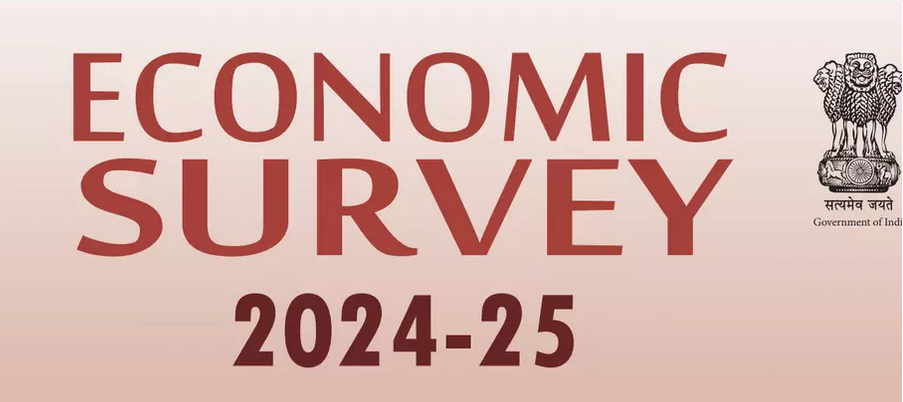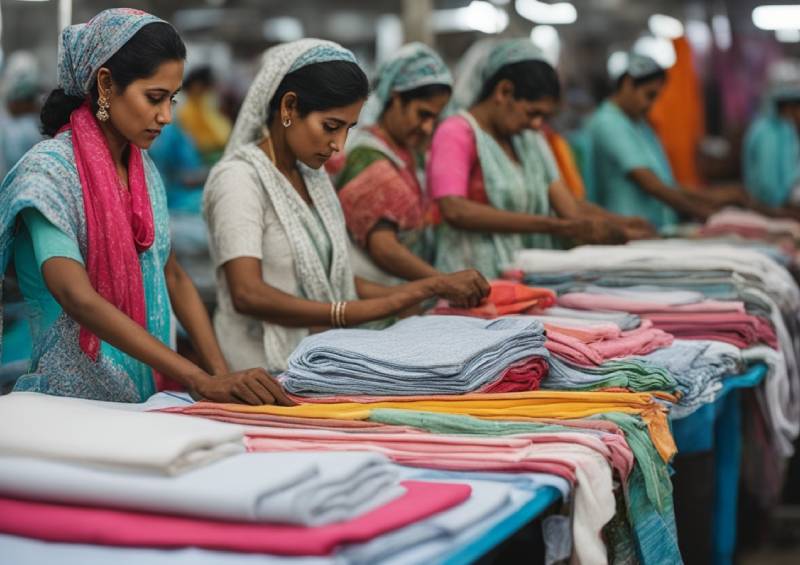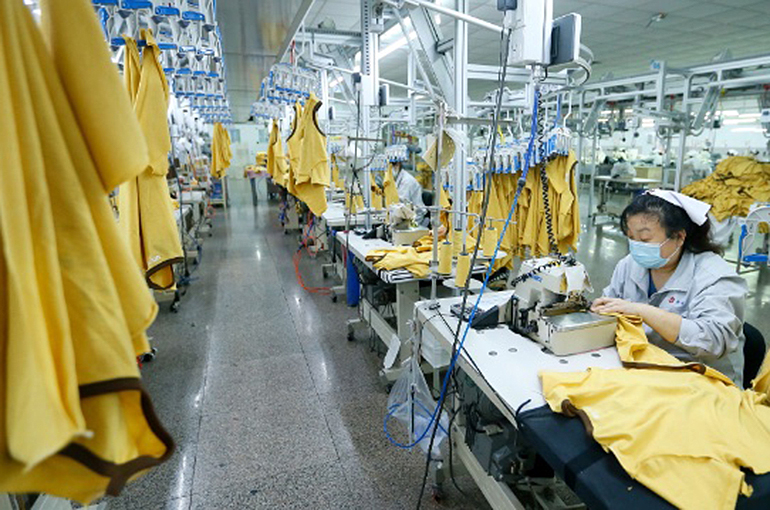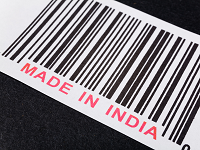 A new study by Coresight Research indicates, with the negative sentiment prevailing amongst American consumers against Chinese products it could accelerate the end of ‘Made in China’ label. The survey conducted in early June indicated around 47.8 per cent of Americans are urging retailers to source fewer products from China. Around 39.7 per cent also expressed less willingness to buy Made in China products.
A new study by Coresight Research indicates, with the negative sentiment prevailing amongst American consumers against Chinese products it could accelerate the end of ‘Made in China’ label. The survey conducted in early June indicated around 47.8 per cent of Americans are urging retailers to source fewer products from China. Around 39.7 per cent also expressed less willingness to buy Made in China products.
Negative sentiments, government initiatives to hasten China exodus
There is a growing mistrust among US consumers about China-made products. In May this year President Trump allowed United States International Development Finance Corporation to finance companies producing emergency goods and services in the country. Legal experts are also incentivizing US companies with tax breaks and subsidies to uproot their China-based supply chains.
Along with growing negative sentiments amongst consumers, these initiatives could hasten the exit of many brands and retailers from China. Kearney’s most recent US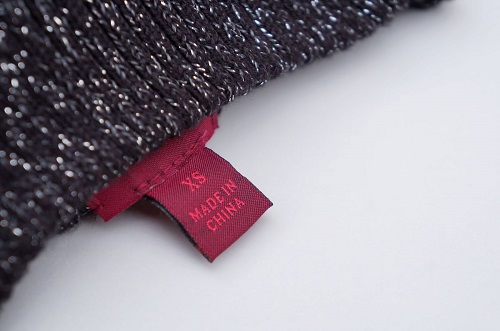 Reshoring Index notes a sharp decline in US manufacturing imports from China. The index states, between 2018 and 2019, US imports from China dropped 17 per cent, and the shift has only accelerated as the trade war rages on. Latest data from the Office of Textiles and Apparel (OTEXA) also reveals a 41 per cent decline in US imports of textiles and apparel from China upto April this year, leaving China with only 30.53 per cent share of the global market. Of the $31 billion US imports that shifted from China to other Asian low-cost countries in the 2018-2019 period, around 46 per cent of went to Vietnam.
Reshoring Index notes a sharp decline in US manufacturing imports from China. The index states, between 2018 and 2019, US imports from China dropped 17 per cent, and the shift has only accelerated as the trade war rages on. Latest data from the Office of Textiles and Apparel (OTEXA) also reveals a 41 per cent decline in US imports of textiles and apparel from China upto April this year, leaving China with only 30.53 per cent share of the global market. Of the $31 billion US imports that shifted from China to other Asian low-cost countries in the 2018-2019 period, around 46 per cent of went to Vietnam.
Global restructuring remaps supply chains
A new Asian trade balance is taking hold with companies restructuring their global supply chains with an eye toward increased resilience, as well as lower risks and costs. This restructuring is also prompting companies to ramp up their supply chain remapping efforts.
The most recent example of this is German footwear brand Von Wellx which plans to move all of its production from China to India. Apple is also planning to move 20 percent of its production from China to India while. Japanese consumer goods company Iris Ohyama has received a government subsidy to move its manufacturing from China and to Japan.
In future, more companies could move their production out of China, says Coresight Research. Hence, instead of paying attention to political issues, retailers and brands should focus on consumer demands and the importance they give to the sourcing of products.

